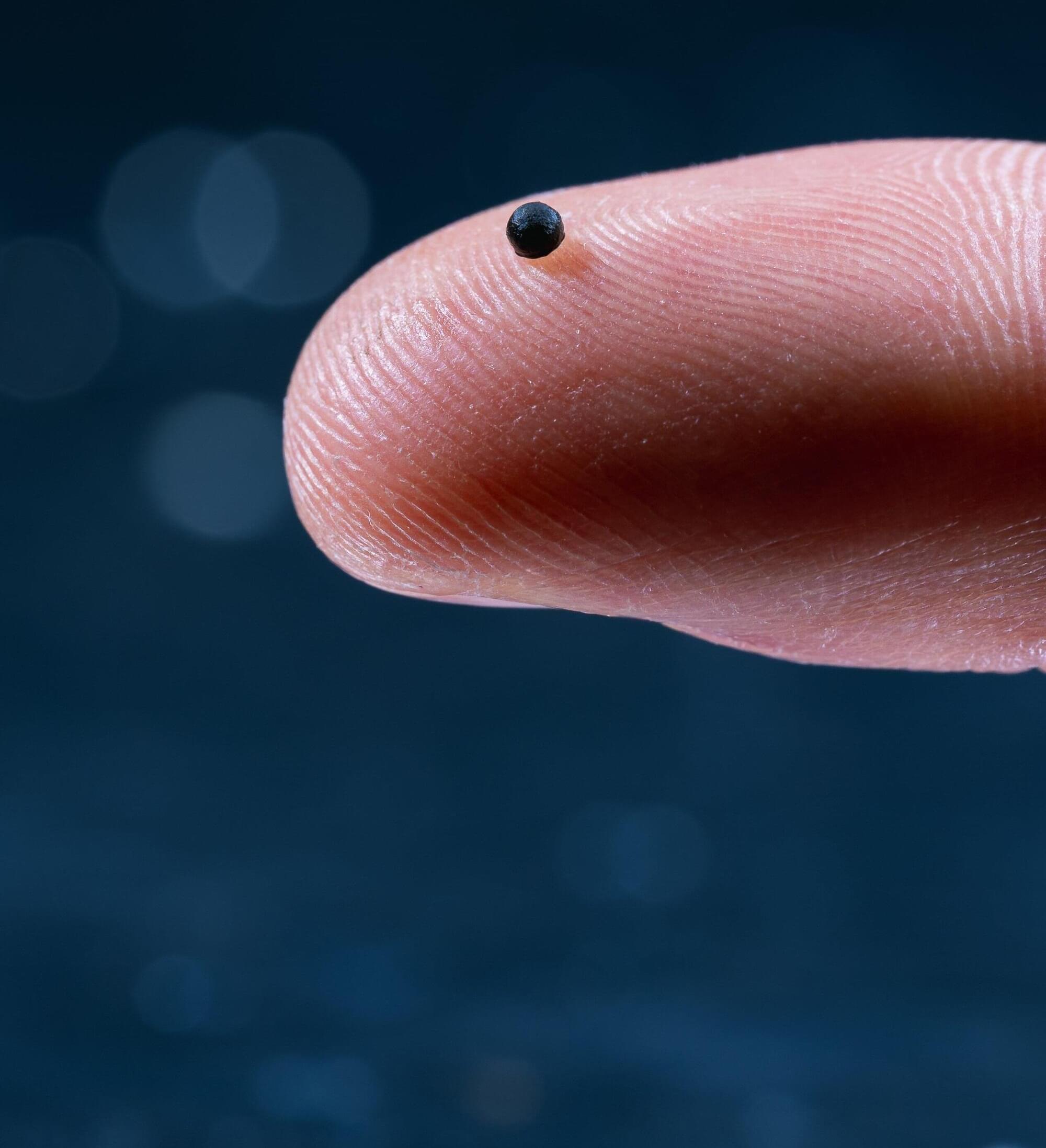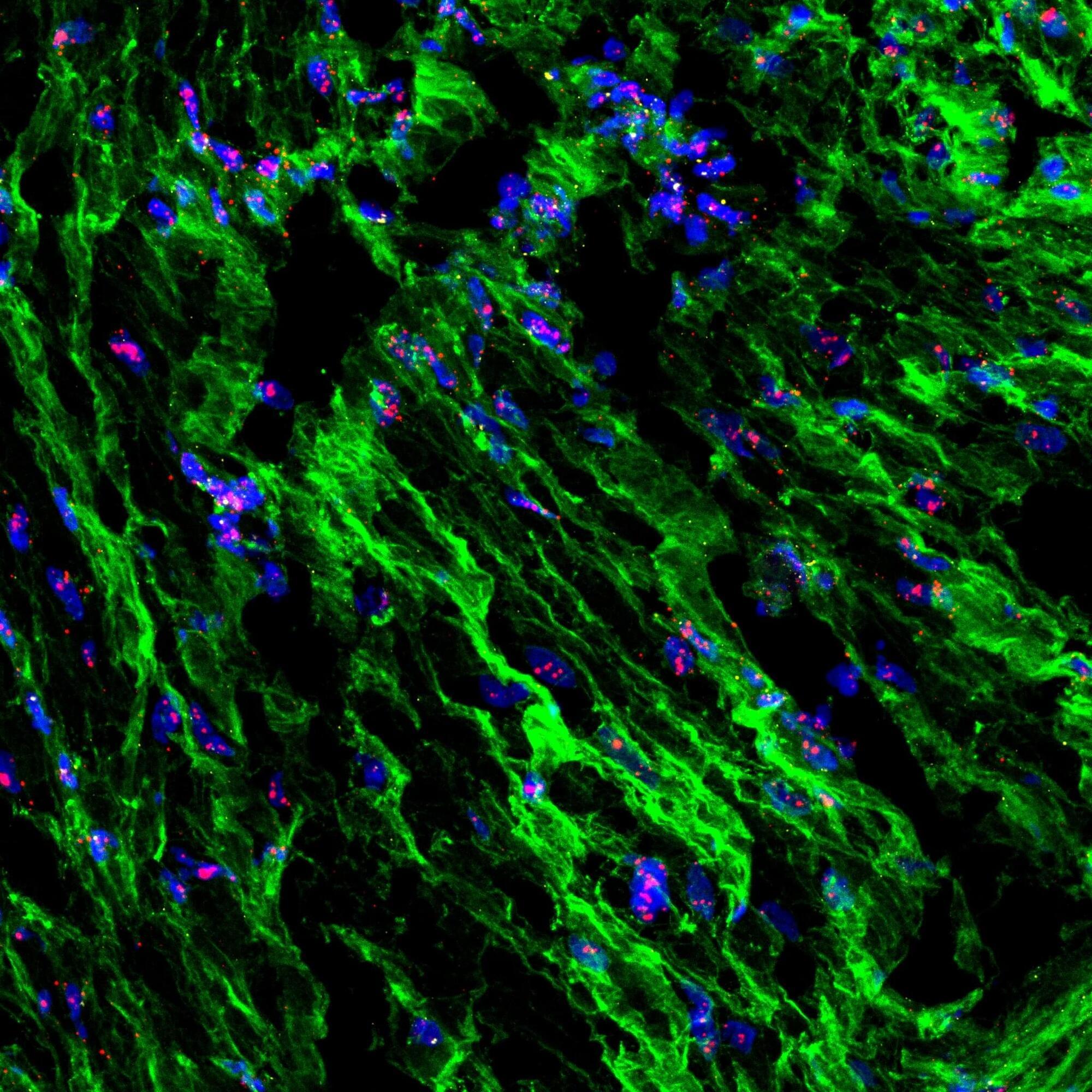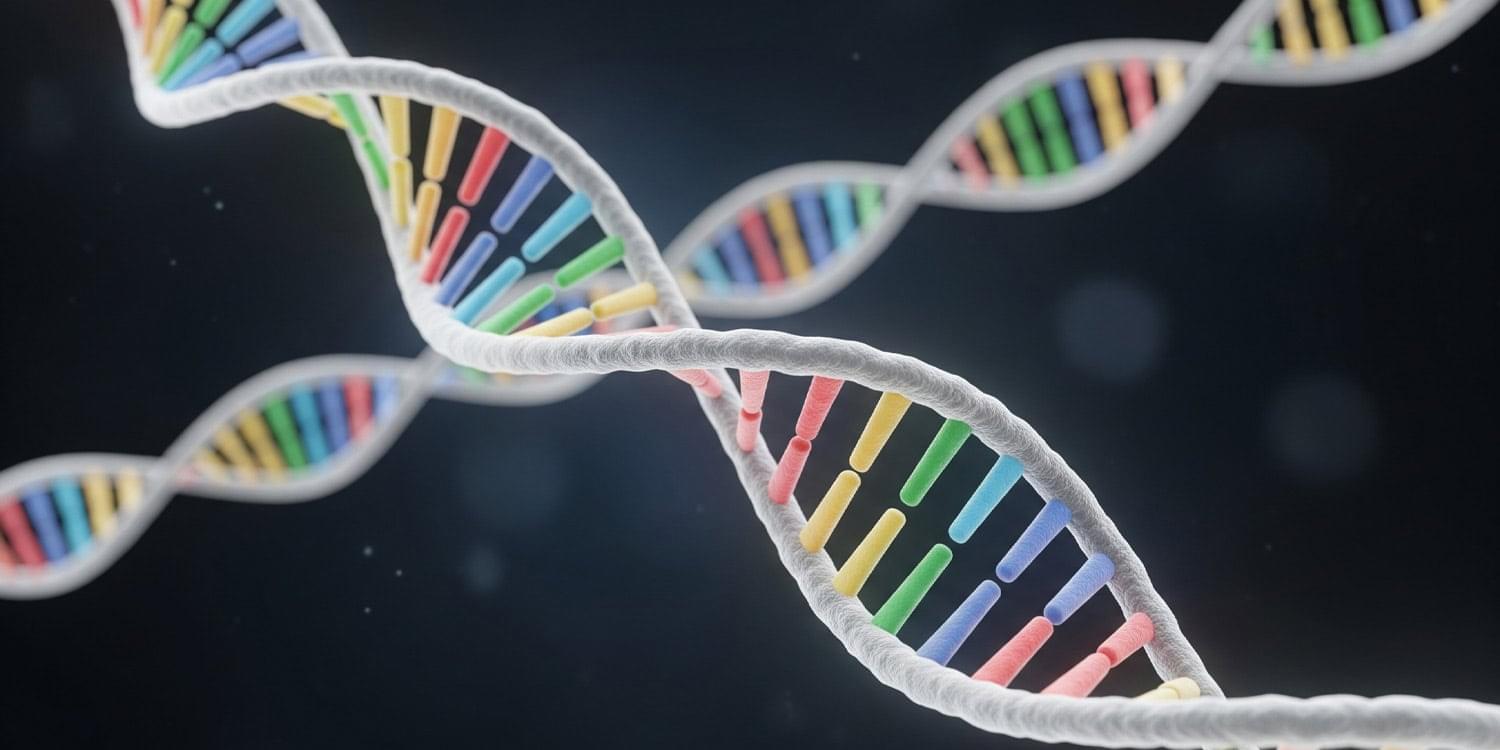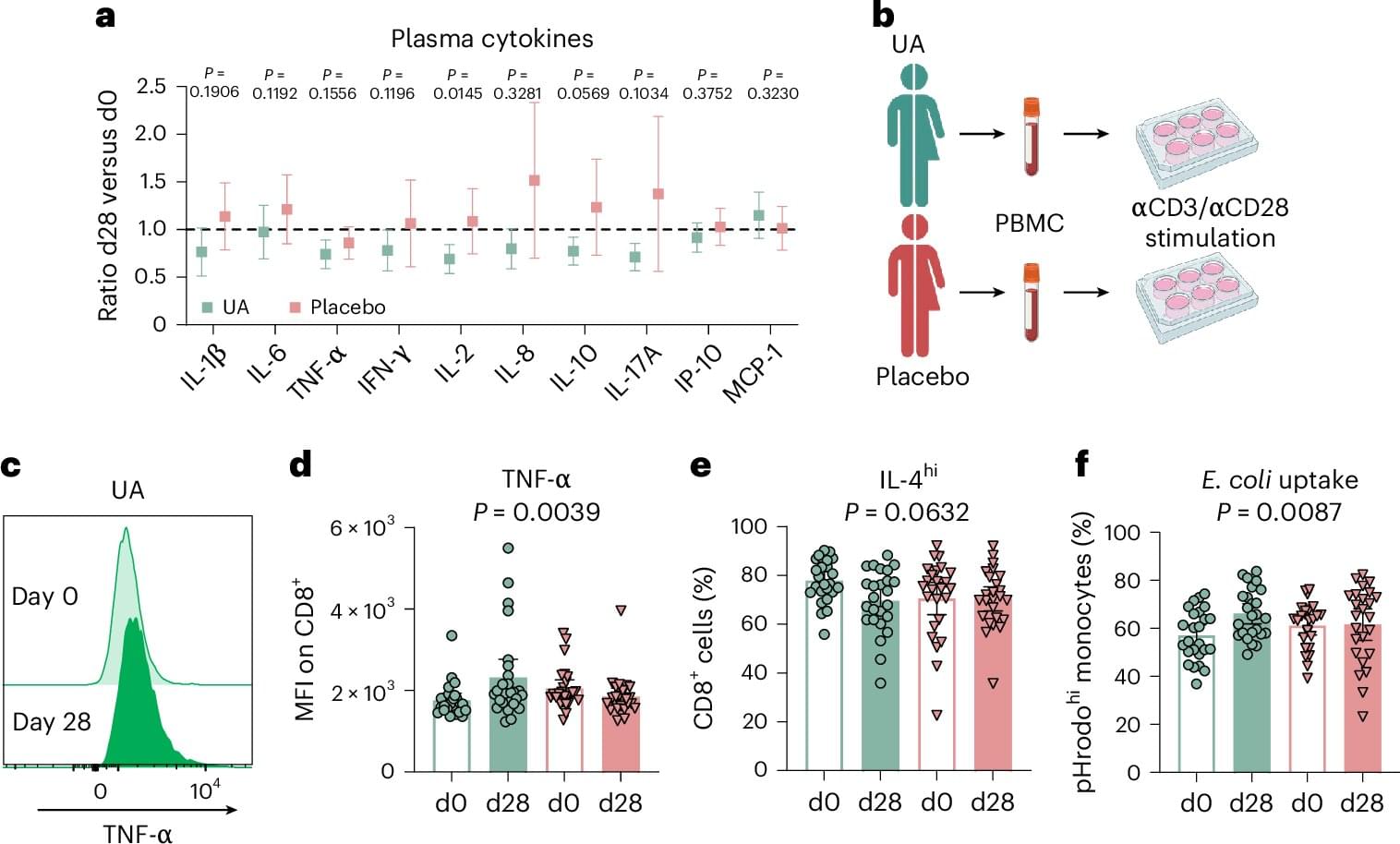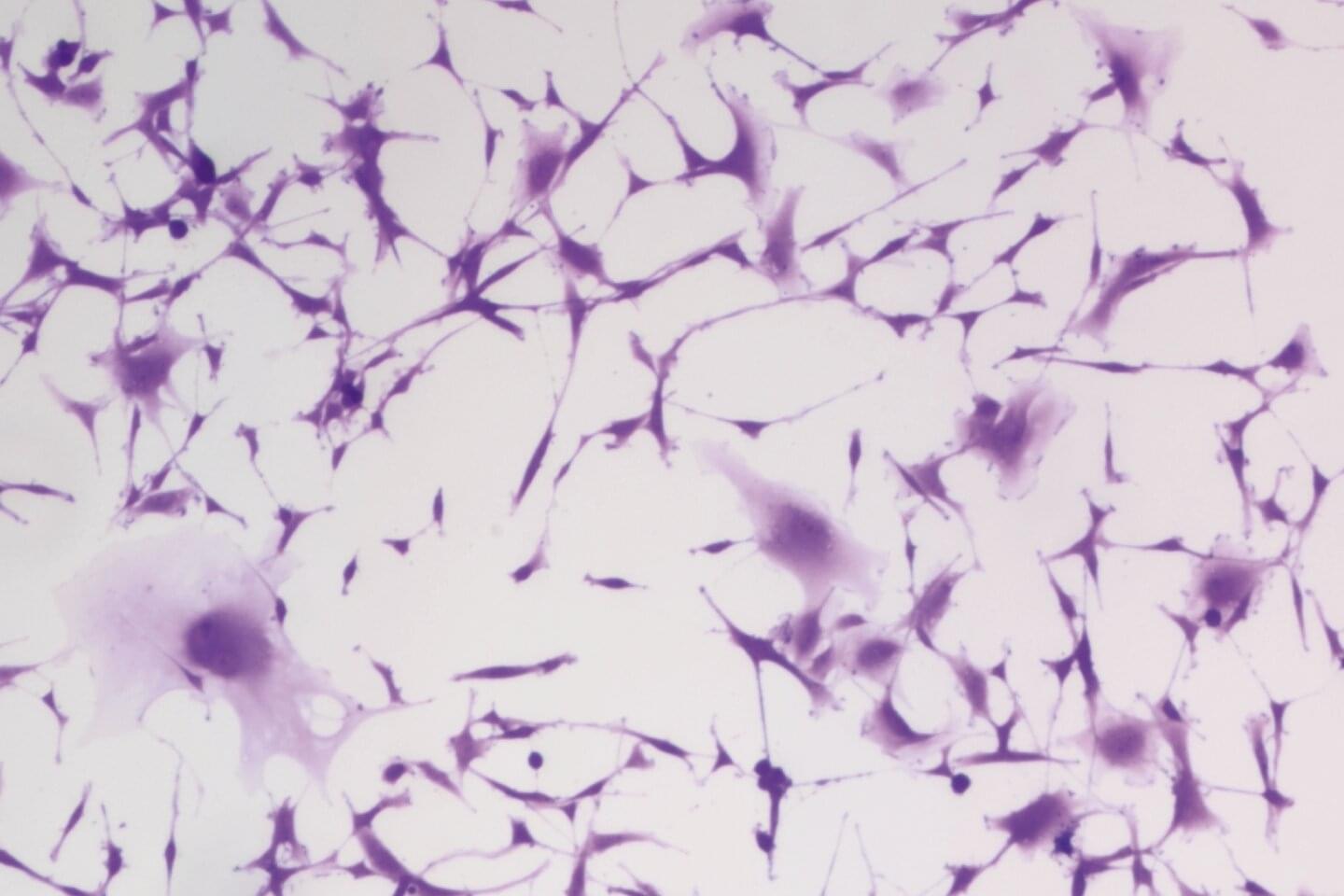Every year, 12 million people worldwide suffer a stroke; many die or are permanently impaired. Currently, drugs are administered to dissolve the thrombus that blocks the blood vessel. These drugs spread throughout the entire body, meaning a high dose must be administered to ensure that the necessary amount reaches the thrombus. This can cause serious side effects, such as internal bleeding.
Since medicines are often only needed in specific areas of the body, medical research has long been searching for a way to use microrobots to deliver pharmaceuticals to where they need to be: in the case of a stroke, directly to the stroke-related thrombus.
Now, a team of researchers at ETH Zurich has made major breakthroughs on several levels. They have published their findings in Science.
